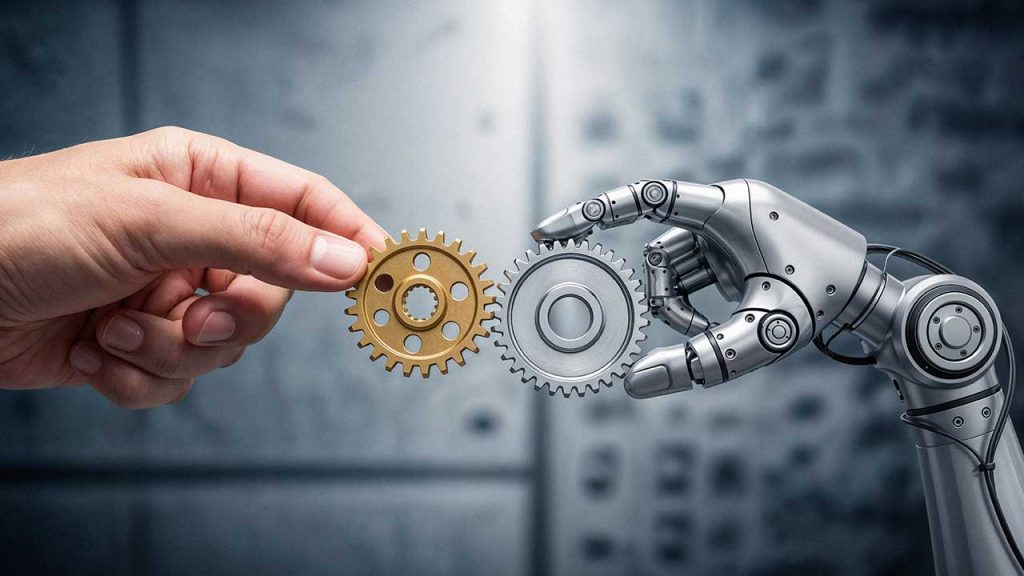From Pilot Purgatory to Generative AI: Building Scalable IIoT and Machine Learning in Manufacturing
The promise of IIoT and machine learning in manufacturing is well understood – predictive maintenance, optimized energy use, and real-time quality control can save millions in downtime and waste. Yet many organizations remain stuck in “pilot purgatory”: running isolated projects that never scale across sites.
The session “Accelerating Innovation and Agility in Manufacturing with IIoT and Machine Learning” highlighted why scaling is difficult – and how emerging practices are breaking through.
One challenge is factory variability. No two plants are alike, making it hard to replicate a machine learning model from one site to another. A scalable data model, designed from the start, is critical. Another barrier is infrastructure. Many industrial PCs lack the GPU power for advanced analytics, forcing companies to rethink deployment with lightweight, edge-based solutions.
The divide between IT and OT teams further slows progress. Manufacturing data often lives in silos, and bridging cultural and operational gaps requires new governance models and cross-training. Without this, even the best algorithms fail to deliver ROI.
What’s emerging, however, are hybrid approaches that combine cloud and edge. For instance, predictive models can be trained in the cloud and executed locally at the edge, ensuring faster response times without overwhelming bandwidth. Similarly, federated learning enables models to learn from distributed edge sites, then refine centrally in the cloud – minimizing data transfer while maximizing accuracy.
The arrival of generative AI is also accelerating adoption. While not a replacement for traditional analytics, generative AI can synthesize diverse inputs – from technician logs and manuals to sensor data – into actionable recommendations. It also enables more explainable AI by translating complex outputs into plain language for operators. Paired with multi-agent systems, generative AI improves reliability and reduces errors in industrial decision-making.
The lesson for manufacturers: success lies in starting with business outcomes rather than technology-first pilots. Whether the goal is reducing unplanned downtime, cutting energy costs, or improving yield, aligning IIoT and machine learning to measurable KPIs ensures adoption doesn’t stall. Engaging end-users early, designing for scalability, and leveraging emerging tools like generative AI will transform experiments into enterprise-wide solutions.
The future of manufacturing agility won’t be defined by pilots – but by those who escape them and build scalable, AI-driven operations.
Source: Panel discussion “Accelerating Innovation and Agility in Manufacturing with IIoT and Machine Learning,” organized by IIoT World.
Related articles:



